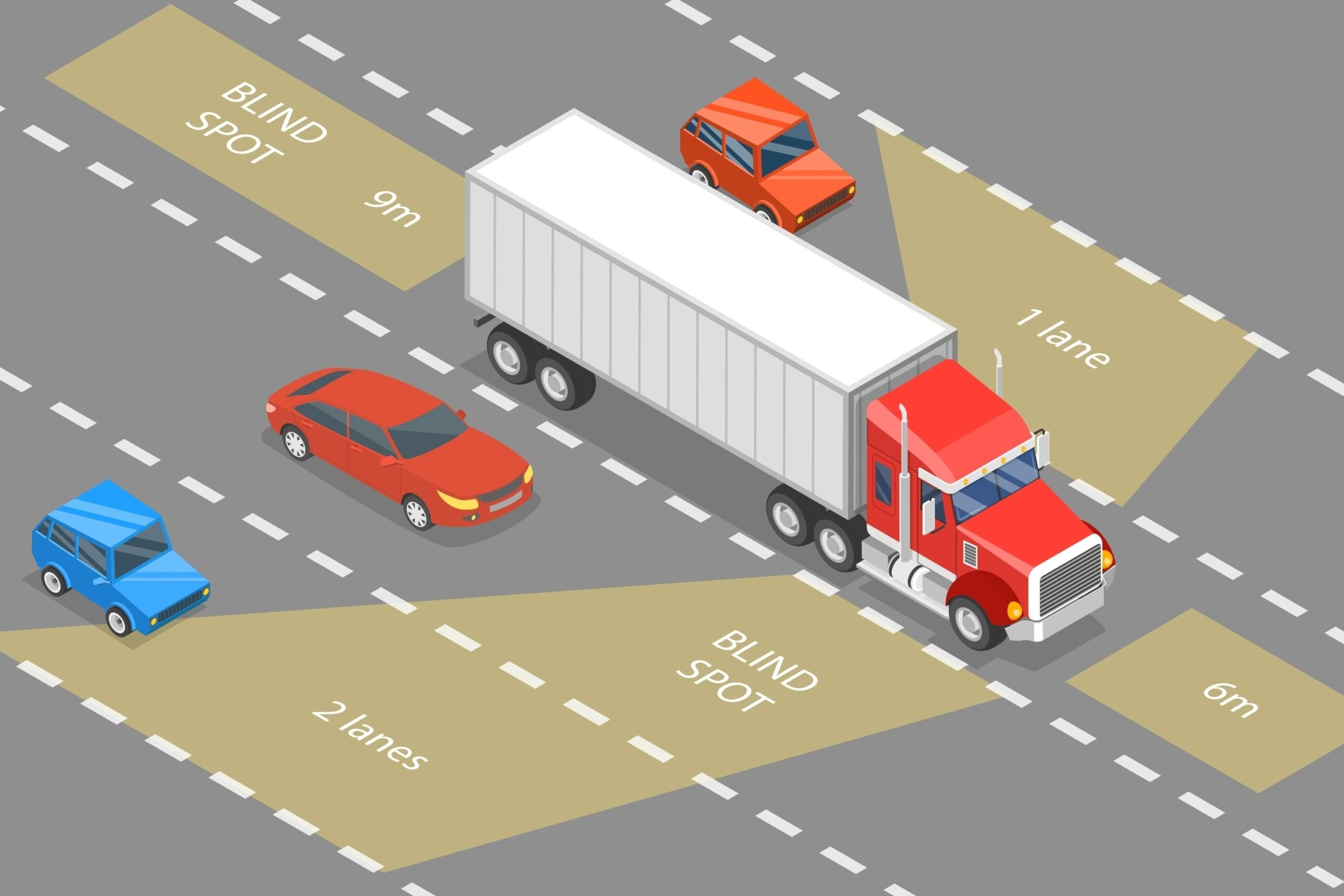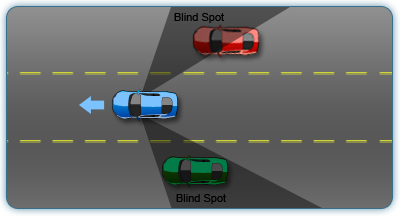Safe Driving Practices- DC DMV Drivers Test
1/31
There's no tags or description
Looks like no tags are added yet.
Name | Mastery | Learn | Test | Matching | Spaced |
|---|
No study sessions yet.
32 Terms
Defensive Driving
plan ahead: do not trust other drivers to do what they should do or what you would do
Following distance
3-4 second distance: leave as much space as you can, especially in other weather conditions

Blind spots: Trucks
blind spots up to 20 ft in front and 200ft in the back

Blind spot
never cruise in the blind spot of the vehicle ahead of you
Mirrors
check them periodically, especially when backing up or changing lanes: adjust them before driving
After a Crash….1
stop
After a Crash….2
Stay close to the scene, move away from traffic if possible
After a Crash….3
Identify yourself and provide your license, registration, and insurance
After a Crash….4
Leave written notice if the car is unattended
After a Crash….5
Make a report with your insurance company
Running off the roadway….1
Do not panic
Running off the roadway….2
Take your foot off the accelerator
Running off the roadway….3
Do not jam on the brakes. Brake carefully or not at all.
Running off the roadway….4
Grip the steering wheel tightly, as unusual stress on the wheel may twist it from your hand
Running off the roadway….5
Do not try to get back on the roadway until you have the vehicle completely under control, (speed is reduced to 15 mph or less) and you have looked for traffic behind you 34 and beside you.
Running off the roadway….5
turn the wheels sharply toward the road. Be sure not to go across the center line of the road or into another lane.
Avoiding Glare
Glance back and forth between the side of the road and straight ahead
Headlights: Low Beams
use when approaching or closely following other vehicles and in fog
Headlights: High Beams to low beams
you must change to low beams at least 500 feet before meeting oncoming vehicles at when following a vehicle at a distance of 300 feet or less
Headlights: High Beams
use when on a dark road in order to see persons or vehicles ahead
Aggressive Driving
Passing traffic lights with steady RED indication, Overtaking and passing vehicles, passing on right, Changing lanes swiftly, Following too closely, Failing to yield right-of-way, Exceeding maximum speed limit
Reckless Driving
driving a vehicle with or in a manner that indicates a willful disregard for the safety of people or property
Negligent Driving
driving a motor vehicle in a careless or imprudent manner that endangers any property or the life of any individual.
Distracted Driving
any activity that could divert a person’s attention away from the primary task of driving
Impaired Driving
Operating a motor vehicle while you are affected by alcohol, legal or illicit drugs, and sleepiness
Drowsy driving
operating a motor vehicle while being impaired due to lack of sleep
Dutch Reach…1
Check your rear-view mirror
Dutch Reach…2
Check your side-view mirror.
Dutch Reach…3
Open the door with your far hand
Dutch Reach Method
allows you to get out of your car while being mindful of approaching bicyclists
Critical Emphasis Areas (CEAs)
five areas to improve traffic safety and decrease fatalities: High-Risk Drivers, Pedestrian and Bicycle Safety, Engineering/Facilities Infrastructure, Special Vehicles, Special Target Areas
Vision Zero
no one should be killed or seriously injured within the road traffic system, and implementation plans are typically structured around four key areas: Safety Data, Education & Outreach, Enforcement, Engineering & Infrastructure